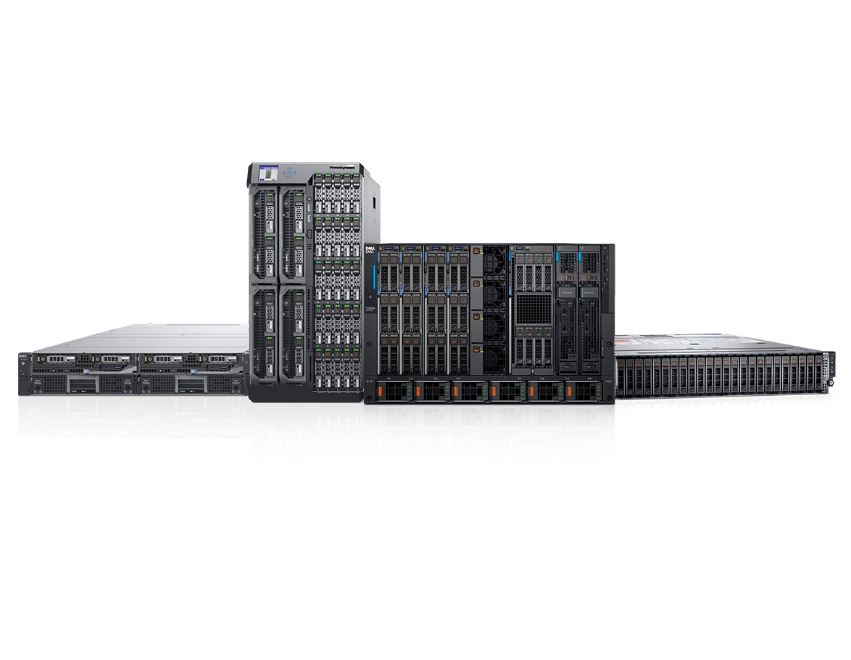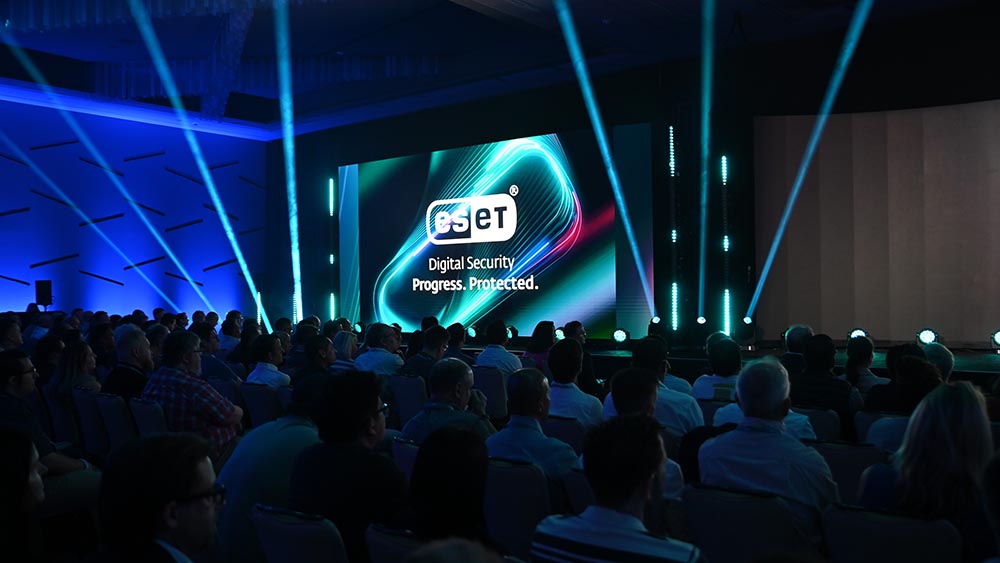Dell Technologies has introduced a diverse portfolio of Dell EMC PowerEdge servers designed for use with data-intensive workloads like artificial intelligence and in edge computing environments.
Equipped with latest-generation Intel and AMD processors, the 17 devices are designed to give businesses flexible options for matching server hardware to specific use cases, according to Ravi Pendekanti, Dell’s senior vice president for server and networking portfolio management.
“We are committed to ensuring that we provide our customers the choice to pick the right platform for whatever workloads that they need,” he says.
Included among the new products are two models featuring CPUs from the new AMD EPYC 7003 Series of data center processors, which debuted on Monday. The PowerEdge R6515 accelerates big data applications based on the Hadoop platform up to 60%, according to Dell. The PowerEdge XE8545, unveiled earlier this week, combines up to 128 3rd Gen AMD EPYC cores, four NVIDIA A100 GPUs, and NVIDIA’s vGPU software in a dual socket, 4U rack server meant for use with artificial intelligence and analytics solutions.
Two other new systems, meanwhile, will run on Intel’s forthcoming 3rd Generation Xeon Scalable processors. The PowerEdge R750 solves massively parallel linear equations up to 43% faster than previous-generation PowerEdge servers, according to Dell. The PowerEdge R750xa, which is purpose-built for GPU-dense machine learning, inferencing, and AI workloads, includes the recently announced NVIDIA AI Enterprise software suite for VMware vSphere 7 Update 2. The dual socket, 2U unit supports up to four double-wide GPUs and six single-wide GPUs.
Two new ruggedized additions to the PowerEdge family are intended for edge computing solutions. The XR11 and XR12 both have a compact footprint, hardened chassis, and Intel processors.
Other models announced today include the PowerEdge R6525 and C6525, both of which contain 2nd Generation AMD EPYC processors with up to 64 cores. The former of the two devices is a 1U, dual-socket server intended for high-performance computing, virtual desktop infrastructure, and other virtualization solutions. The latter is a 2U, four node machine optimized for high-performance computing as well, along with digital manufacturing and other compute-dense applications.
The PowerEdge R7515, meanwhile, is a 2U rack server powered by a single 2nd Gen EPYC chip with up to 64 cores. The more powerful PowerEdge R7525 runs on two 2nd Gen AMD EPYC processors with up to 64 cores. According to Dell, both devices are a fit for software-defined storage, virtualization, and analytics solutions.
Three other models round out the new portfolio: the PowerEdge C6520, PowerEdge MX750c, and PowerEdge R650.
The PowerEdge R6515, R7515, R7525, C6525, and R6525 are available globally now. The PowerEdge XE8545 is slated to ship on March 29. The PowerEdge C6520, MX750c, R750, R750xa, and R650 are expected to ship worldwide in May, while the PowerEdge R750xs, R650xs, R550, R450, XR11, XR12 will arrive during the second quarter of 2021.
All of the new PowerEdge servers come with PCIe Gen 4.0 interface technology that according to Dell produces twice as much throughput performance as earlier models.
They’re also covered by Dell Technologies Secured Component Verification, an extension to Dell’s Secure Supply Chain assurance process that confirms the validity of every component in every unit shipped. “This is to ensure that our customers and partners can feel more confident that we have a secure server arriving at their location for them to deploy,” Pendekanti says.
When used alongside Dell EMC OpenManage administration software, Dell says, the latest PowerEdge servers draw on the integrated Dell Remote Access Controller (iDRAC) to produce up to 85% management time savings by automating rote IT tasks.
A new chassis design, plus ducted fans and an adaptive cooling system, improve energy efficiency by up to 60% over previous PowerEdge generations, according to Dell. Multi-vector cooling technology lets the iDRAC adjust fan speeds dynamically for maximum cooling efficiency, and Direct Liquid Cooling, available on select models, utilizes a proprietary sensing technology to find and resolve leaks faster.
The new PowerEdge family, Dell says, is engineered for an age of exploding data volumes. Indeed, IDC expects more data to be created worldwide between 2020 and 2023 than in the prior 30 years.
All of that data is inflating data processing requirements, according to Dell, as is rising interest in artificial intelligence. Already, in fact, some 53% of Dell Technologies customers are implementing some form of AI.
Devices like the XR11 and XR12 reflect another important IT trend, Dell says: exploding Internet of Things deployments and edge computing requirements. According to Gartner, 75% of enterprise-generated data will be created and processed outside a data center or cloud by 2024.
Hardware makers announced a wide range of other servers and hyperconverged infrastructure solutions this week in conjunction with the 3rd Gen AMD EPYC launch.














